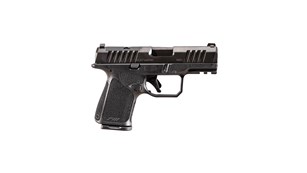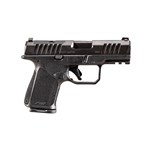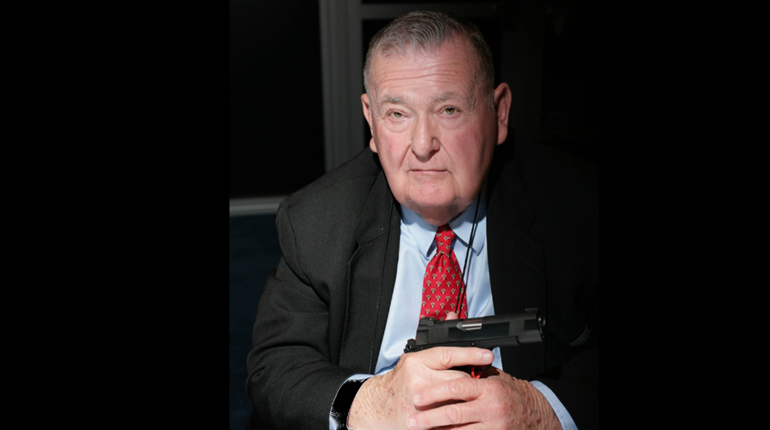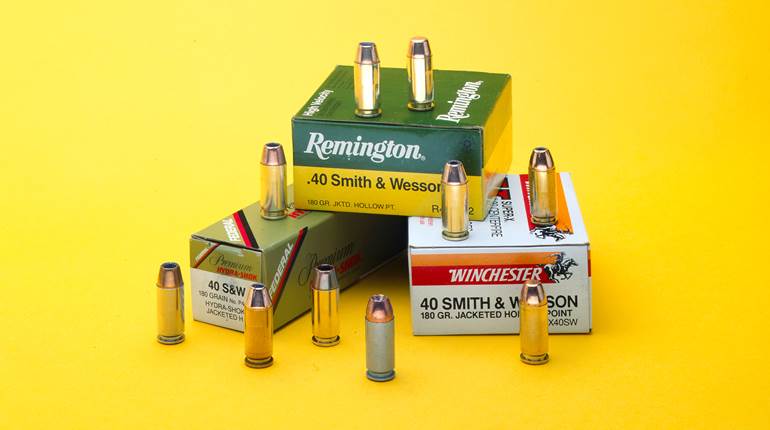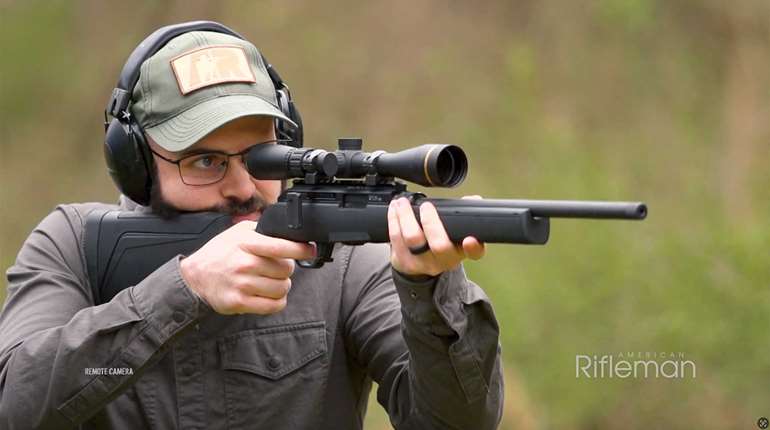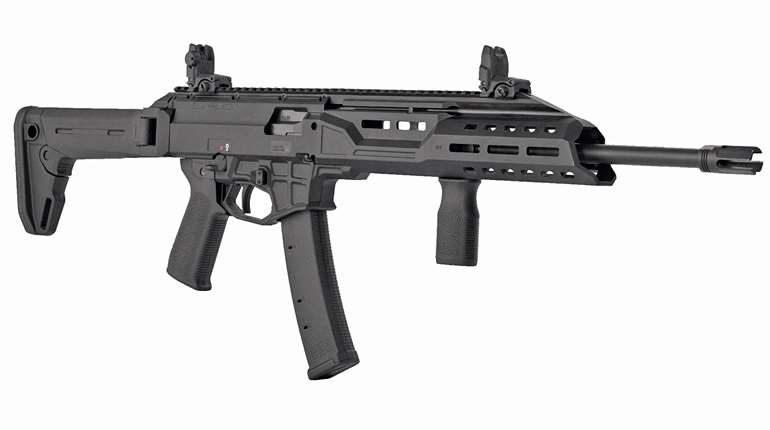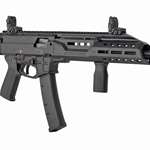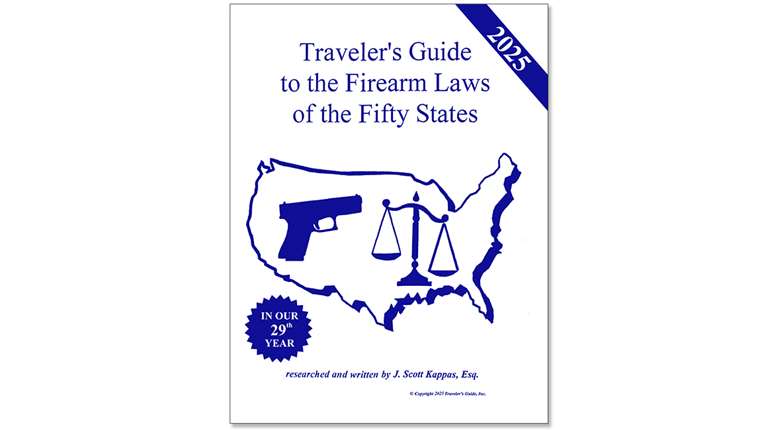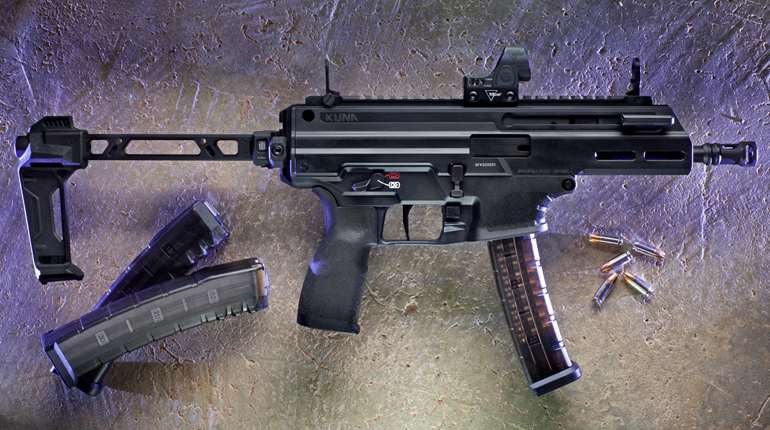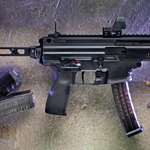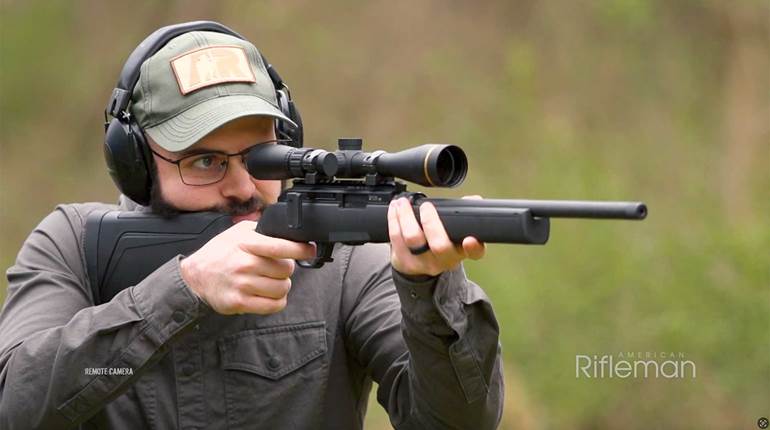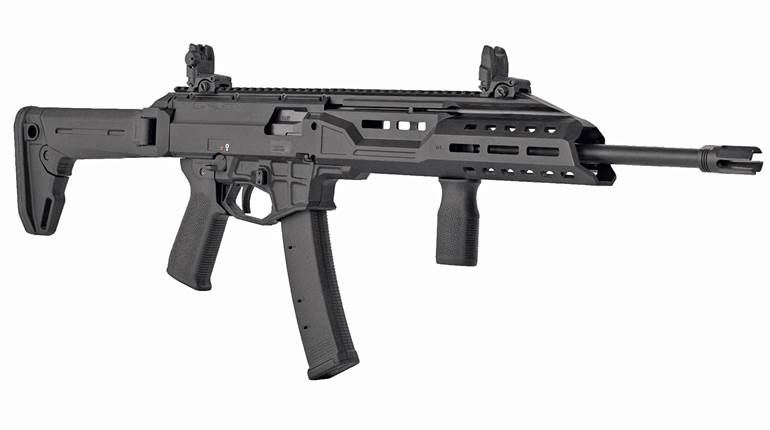
I have recently came to believe that the use of the term "serial number" may be a big mistake. A far better term might be identification number. In several visible locations on your pickup truck, the maker has permanently applied a complicated number, called the VIN (Vehicle Identification Number). It not only identifies, but somewhat describes it. By the way, it also is there in places that you could not ever find. Maybe a similar system could be used for guns. Serial numbering of guns is required by law, but it is often misused as it applies to shipping. The guys on the production line use various systems to apply a distinctive number, usually in a series, to each receiver that comes their way. But they don't always start with #1, or even #00001. Completed guns (or even completed receivers) are stored until ready for shipping.
When they're ready to go out and start their service life, the people in shipping make up the order and send it to the wholesaler. They are under no mandate to send guns out in the order in which they were completed. In other words, when the gun reaches shipping, it has no meaning as a serial number. The point is simply that you cannot date a firearm by use of the number applied to the receiver.
Here's an example of what I mean. I once owned a nice old S&W .44 Special Triple-Lock with a low serial number. On one occasion, I told S&W historian Roy Jinks that I owned the thirty-third forty-four to leave the factory. He patiently explained to me all that I have covered here for you. It is possible, particularly in those old days, that receivers were stored awaiting orders for one of several different barrel lengths. With the order in hand, somebody took a stored receiver and completed the gun. It is possible that my receiver had been in storage for years before it was finished. As guns become popular, less of this happens. Don't try to date a gun by the serial number. It is there for the historian to look up and tell you when it was shipped.


